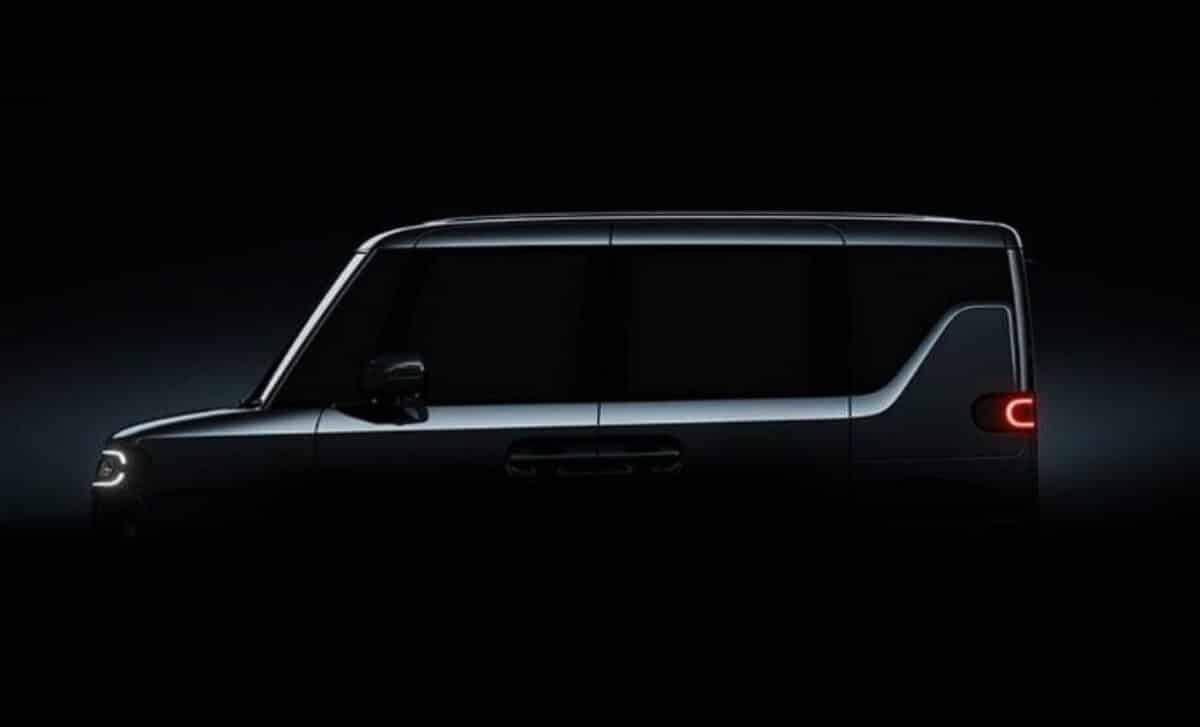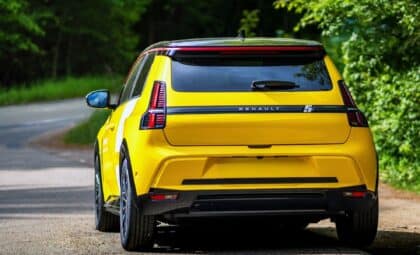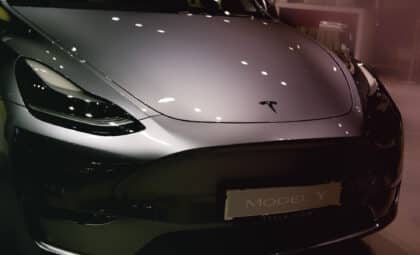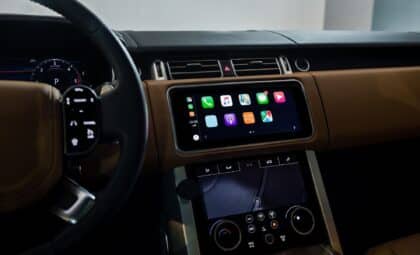The vehicle—referred to as a “light EV“—marks BYD’s first entry into the tightly regulated Kei car segment. Designed specifically for the Japanese market, the new model could also serve as a launchpad for expanding into other right-hand-drive regions.
Kei cars, a uniquely Japanese phenomenon, account for about 40% of all new vehicle sales in the country. Their compact size, lower taxes, and fuel efficiency make them especially popular among city drivers. Now, BYD is the first foreign manufacturer to attempt a serious foray into this space, bringing with it the competitive pricing and technology that have fueled its global rise.
Compact Size, Local Rules
BYD’s new model follows the strict size constraints required for Kei classification in Japan. These include a maximum length of 3.4 meters and a height limit of 2 meters. According to Electrek, the company’s teaser shows a boxy silhouette, consistent with typical Kei styling, and short overhangs—features that suggest a close adherence to these domestic standards.
While the Chinese automaker hasn’t released the model’s full specifications, multiple sources confirm that the light EV will use a 20 kWh battery, targeting a WLTC range of approximately 180 kilometers. This places it alongside the Nissan Sakura, which currently leads the electric Kei segment. The new model is also expected to use BYD’s proprietary Blade battery technology, which has been a central part of its product strategy in other segments.
A Carefully Timed Debut
The official reveal of the vehicle is scheduled for the 2025 Japan Mobility Show in Tokyo, which opens its press days on October 29. This marks BYD’s most direct attempt yet to capture a share of Japan’s domestic auto market—one that has traditionally been resistant to foreign brands. As reported by carsales, the car will also be shorter than the Atto 1, one of BYD’s smallest models currently available outside Japan.
A preview image shared by the brand shows LED lighting at both ends, sliding rear doors, and a double A-pillar up front, which suggests a focus on visibility and practical interior design. Interior spy shots show a bench seat in the first row and a large central touchscreen, both common features in current Kei models.
The move is being closely watched by Japanese automakers. A Suzuki dealership spokesperson remarked that BYD’s entry would represent “a huge threat if the company launches cheap models in Japan.”
Japan’s Response to BYD’s Challenge
The reaction from local brands has not been passive. Just weeks before BYD’s expected unveiling, Honda introduced its own electric Kei model, the N-ONE, priced at 2.7 million yen. That figure places it just above BYD’s expected entry price of 2.5 million yen, based on early reports. This pricing strategy suggests that the Chinese brand is prepared to undercut rivals in a segment where affordability is key.
Although Japanese Kei cars have traditionally relied on gasoline or hybrid drivetrains, the shift to electric is gaining pace. In 2024 alone, electric Kei car sales—led by the Nissan Sakura—saw notable year-on-year growth. This gives BYD a narrow but potentially valuable window to establish itself before the segment becomes fully saturated.
While other foreign automakers have made isolated attempts to enter Japan, none have succeeded in Kei cars. If BYD manages to gain traction, it could open the door for further expansion into neighboring Southeast Asian markets that also favor compact vehicles and right-hand-drive formats.









